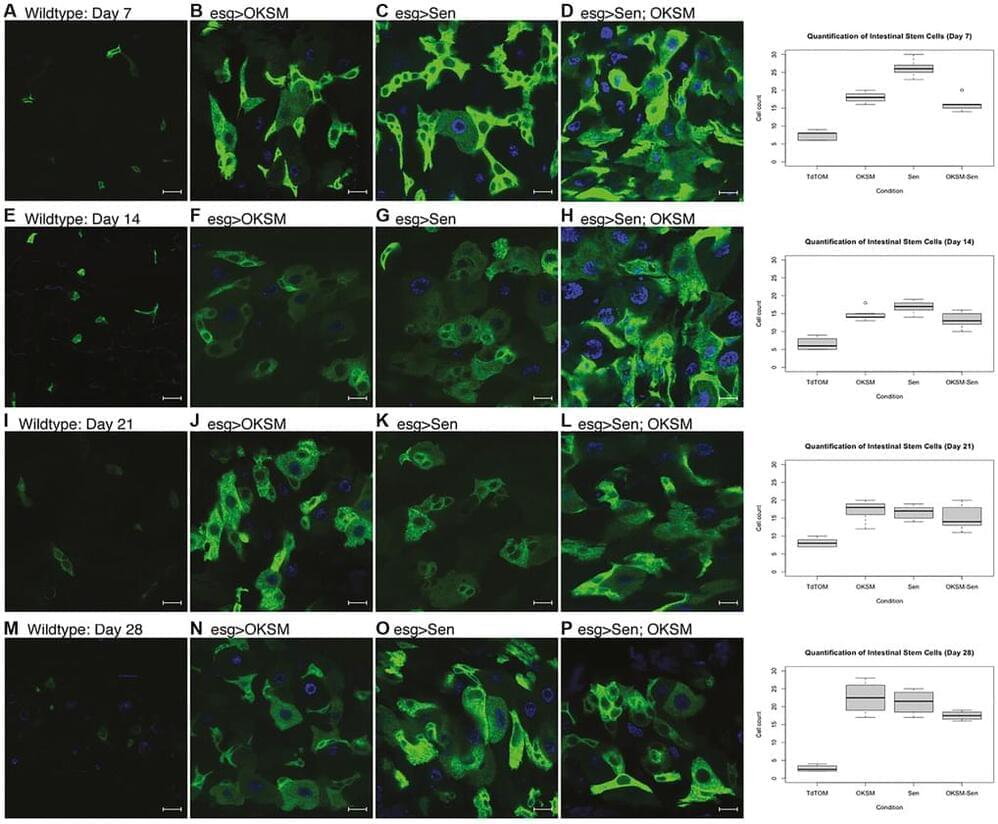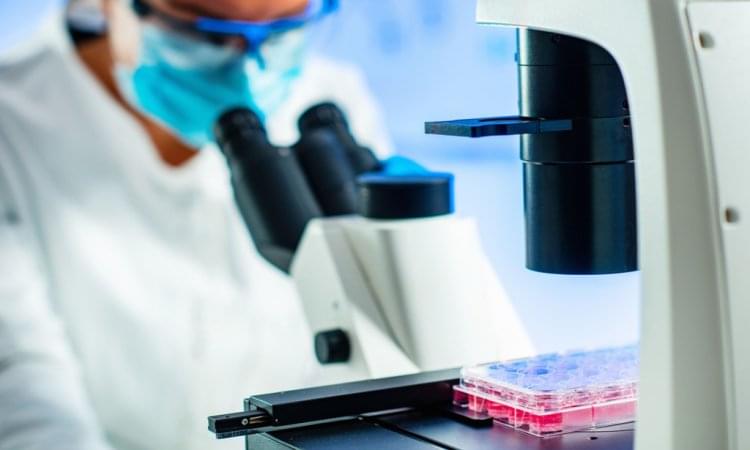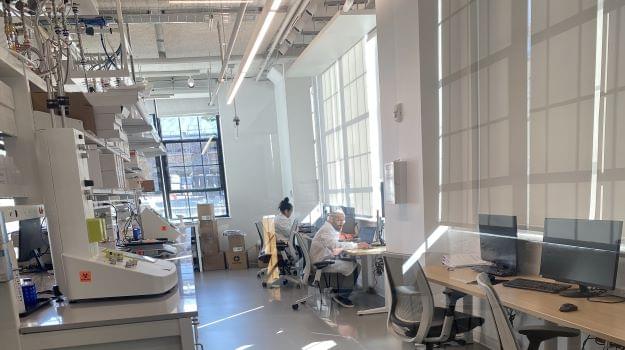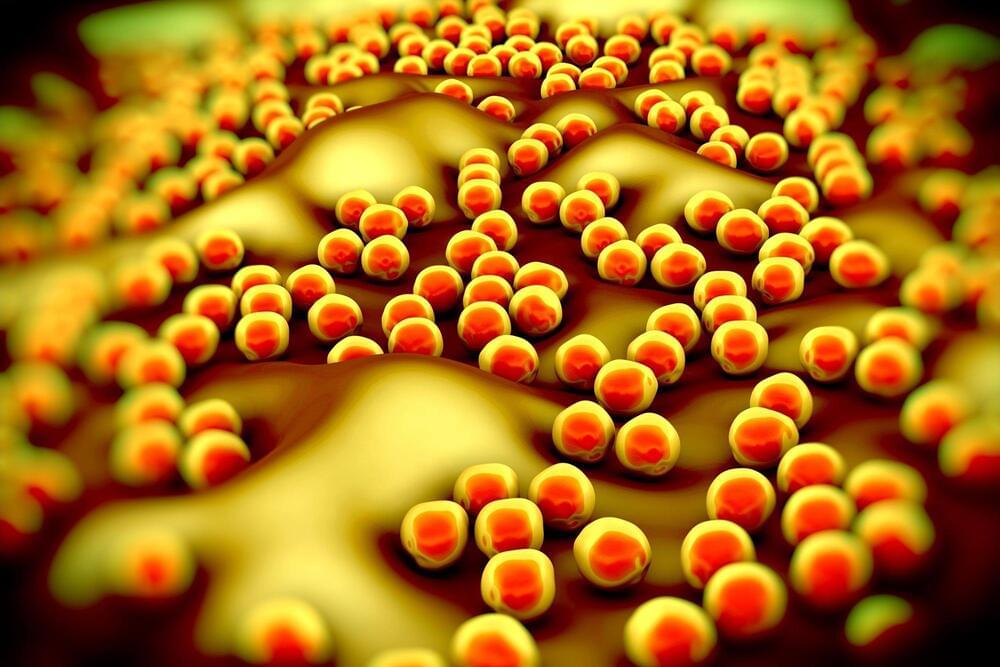Technology is advancing so rapidly that it’s almost impossible to keep up with the ever-changing landscape of innovation. That’s why we’ve compiled the 50 most insane new scientific discoveries of the last decade into one epic video!
🔔 SUBSCRIBE TO THE INFOGRAPHICS SHOW ►
🔖 MY SOCIAL PAGES
TikTok ► https://www.tiktok.com/@theinfographicsshow.
Discord ► https://discord.gg/theinfographicsshow.
Facebook ► https://www.facebook.com/TheInfographicsShow.
Twitter ► https://twitter.com/TheInfoShow.
💭 Find more interesting stuff on:
https://www.theinfographicsshow.com.
📝 SOURCES: https://pastebin.com/svGVM0TN
All videos are based on publicly available information unless otherwise noted.









